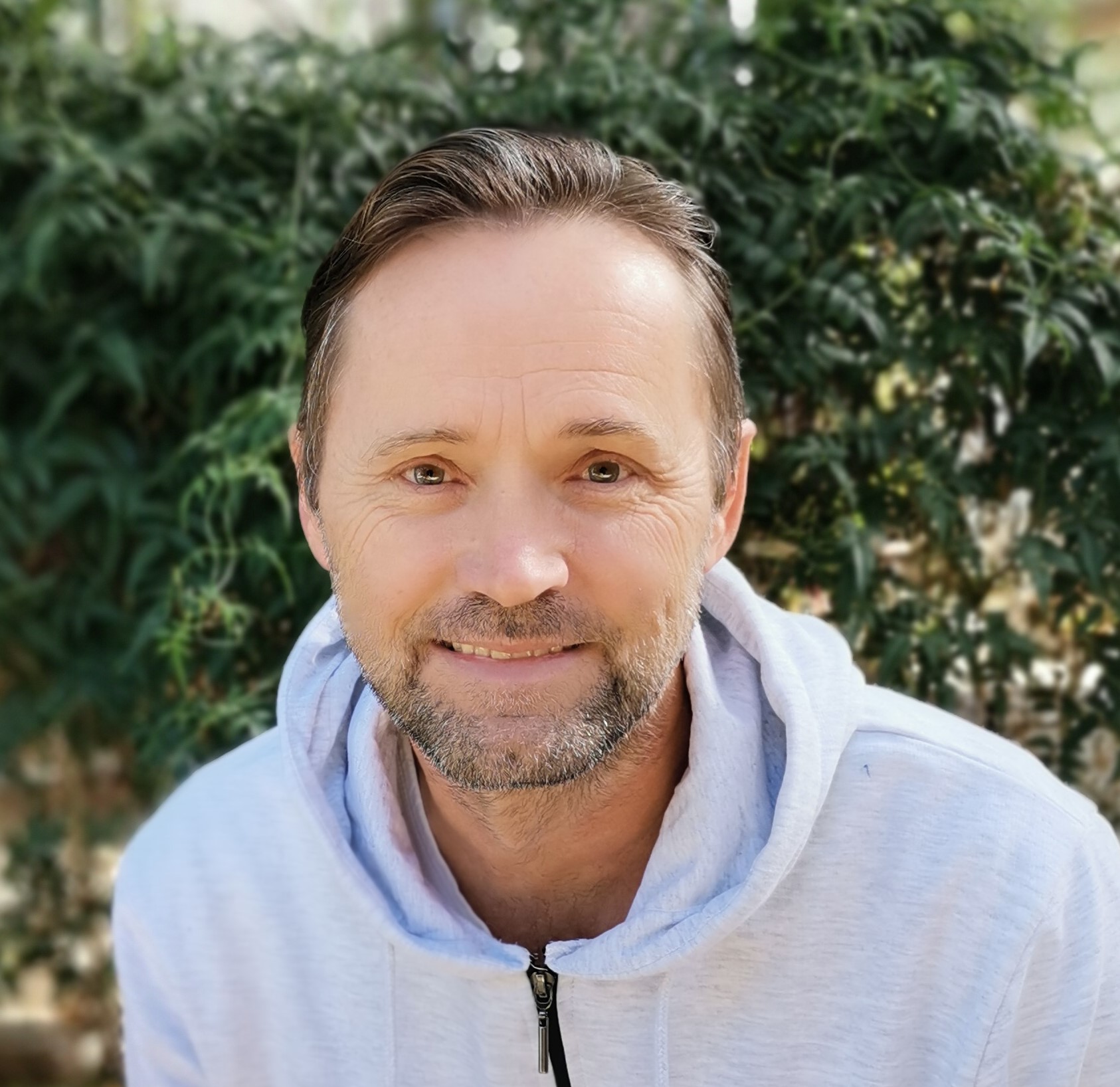- Details
- By Wolfgang Henckert
- Hits: 3
 Cante Ista, which translates to "The Eye of the Heart" in the Lakota language, is a powerful concept rooted in the spiritual traditions of Native American communities, particularly those of the Lakota Sioux people. It represents a profound connection between the mind, body, and spirit, focusing on the intuitive and spiritual wisdom that flows from the heart rather than from intellectual thought.
Cante Ista, which translates to "The Eye of the Heart" in the Lakota language, is a powerful concept rooted in the spiritual traditions of Native American communities, particularly those of the Lakota Sioux people. It represents a profound connection between the mind, body, and spirit, focusing on the intuitive and spiritual wisdom that flows from the heart rather than from intellectual thought.
At its core, Cante Ista refers to the inner sight or heart vision - the ability to perceive and experience the world through the lens of spiritual intuition and emotional intelligence. This approach contrasts with the Western emphasis on logical reasoning and visual perception. For the Lakota, the heart is the seat of the soul, and cultivating "eye of the heart" involves deepening one's spiritual awareness and understanding the interconnectedness of all beings.
- Spiritual Insight: Cante Ista allows individuals to tap into their inner wisdom, to see beyond the physical world, and access the spiritual truths that guide personal and communal well-being. It's a tool for self-awareness, compassion, and empathy.
- Healing: This concept is central to indigenous healing practices, where the focus is on restoring balance to an individual’s emotional and spiritual states. Indigenous healers often work with Cante Ista to understand the root causes of emotional distress, trauma, or illness, believing that healing begins with the heart.
In Lakota tradition, Cante Ista is not only a personal spiritual practice but also plays a crucial role in community healing ceremonies. The use of Cante Ista is integral in vision quests, sweat lodge ceremonies, and sun dance rituals, where participants seek to connect with their spiritual guides and ancestors.
- Vision Quests (Hanblecheyapi): During these quests, individuals go on a journey into solitude and nature, fasting and praying to gain spiritual visions and guidance from the Creator. Cante Ista is activated as they open their hearts to spiritual insights that will help them navigate their life path.
- Sweat Lodges: In purification ceremonies, the heat and prayers are used to cleanse the body and mind, allowing participants to focus inwardly, using the "eye of the heart" to release emotional blockages and renew spiritual energy.
In modern times, the concept of Cante Ista offers a unique perspective for those seeking to reconnect with inner peace, spiritual clarity, and emotional balance. As mental health issues such as anxiety, depression, and trauma become more prevalent, the teachings of Cante Ista remind us of the importance of looking inward, using the heart's wisdom to navigate life's challenges. It's about fostering a relationship between the individual and the sacred world, understanding that healing is holistic - spanning the physical, emotional, and spiritual planes. While deeply embedded in Lakota spiritual practices, the philosophy of Cante Ista can be integrated into daily life by anyone looking to deepen their connection to their inner self:
- Meditation and Mindfulness: Practice mindfulness by focusing on heart-centered meditation. This involves quieting the mind and letting go of intellectual analysis, instead trusting your heart’s guidance.
- Journaling: Reflect on moments when your heart's intuition has guided you in making decisions. Record insights and dreams, as these may carry messages from your deeper spiritual self.
- Nature Connection: Spend time in nature to foster Cante Ista. The natural world is viewed as a spiritual teacher in many indigenous traditions. Nature walks, quiet reflection, or simply sitting in a sacred space can help to activate the eye of the heart.
While Cante Ista and SOULSPEAK® originate from different spiritual traditions, they both encourage individuals to access a deeper layer of consciousness - whether through the eye of the heart or the superconscious mind - to heal and navigate life. The essence of both lies in trusting inner guidance beyond the intellect, recognising the importance of spiritual perception, and allowing that higher awareness to lead the way toward healing and transformation. The relationship between Cante Ista (the "Eye of the Heart" in Lakota tradition) and SOULSPEAK® lies in their shared focus on deep inner wisdom, spiritual connection, and intuitive guidance. Both concepts emphasise the importance of connecting to a deeper, non-rational aspect of the self to achieve healing, balance, and transformation, although they come from different cultural and philosophical backgrounds.
INNER WISDOM AND SPIRITUAL PERCEPTION
- Cante Ista: In Lakota spiritual practice, Cante Ista refers to seeing through the heart, a way of accessing spiritual truth and understanding beyond the intellect. It is about perceiving the world and personal experiences from a place of inner knowing, often connected with the sacred or spiritual dimensions of life. It encourages individuals to trust their intuition and emotional intelligence to guide their decisions and healing.
- SOULSPEAK®: SOULSPEAK® also centers on the idea of connecting with the Higher Self or superconscious. It teaches that by transcending the mind and ego-based thinking, individuals can access pure energetic information from within that leads to healing and transformation. The focus is not on emotions, thoughts, or past traumas but on the energetic landscape that the Higher Self uses to guide life and heal. It advocates a non-intellectual approach, similar to how Cante Ista emphasises moving beyond mental analysis to access heart-centered truth.
Both philosophies stress that true insight and healing come from beyond intellectual understanding, from an intuitive, heart-centered or superconscious perspective.
HEALING AND TRANSFORMATION
- Cante Ista: Through Cante Ista, healing is viewed as a holistic process where one reconnects with the sacred wisdom of the heart. Traditional ceremonies like sweat lodges or vision quests are used to align one’s inner vision with the spiritual truths necessary for healing both personal and communal wounds.
- SOULSPEAK®: Healing in SOULSPEAK® is about transforming one's energetic field without needing to delve into emotional or psychological narratives. By aligning with the superconscious mind and activating one's true choices, individuals heal and transform in ways that seem to transcend the ordinary psycho-emotional processes. Like Cante Ista, this healing process requires the individual to trust in an inner guide that knows more than the mind can conceive.
CONNECTION WITH THE SUPERCONSCIOUS AND SACREDNESS
- Cante Ista: The heart in Lakota spirituality is often seen as a connection to the sacred — to the Creator, to nature, and to the spiritual world. The "Eye of the Heart" is a tool for recognising the sacredness of all things and aligning oneself with the natural flow of the universe. This connection is intuitive, coming from a place of soul awareness.
- SOULSPEAK®: In SOULSPEAK®, there is a strong emphasis on connecting with the superconscious mind, which is synonymous with the True Self or the Higher Self. This is the part of the self that holds sacred wisdom and is aligned with the natural, energetic flow of life. Much like Cante Ista connects one to the spiritual world, SOULSPEAK® enables connection with the energetic reality beyond the surface level of emotions or trauma, leading to healing and self-realisation.
NON-LINEAR HEALING APPROACHES
- Cante Ista: The healing approach in Cante Ista is non-linear, emphasising spiritual connection and heart-guided understanding over rational thinking. Healing takes place on a spiritual plane, and it is not about addressing specific emotional or psychological issues in a step-by-step manner. Instead, it’s about restoring balance and seeing the bigger picture from the heart’s wisdom.
- SOULSPEAK®: SOULSPEAK® also rejects the traditional, linear path to healing, instead offering a non-traditional model that skips over "shadow work" or "inner child work." Healing is seen as a spontaneous and rapid process that happens when the superconscious mind aligns with the present moment’s energetic truth. Both systems work beyond traditional therapeutic modalities, seeking immediate transformation through deeper connections.
- Details
- By Wolfgang Henckert
- Hits: 8
 Poisons are substances that, when introduced into the body without treatment, cause illness, harm, or even death. They accumulate, leading to toxicity that weakens us over time. Toxins, in particular, are poisons produced by living organisms, which means they are active agents of contamination, polluting not only our physical health but also our mental and spiritual well-being.
Poisons are substances that, when introduced into the body without treatment, cause illness, harm, or even death. They accumulate, leading to toxicity that weakens us over time. Toxins, in particular, are poisons produced by living organisms, which means they are active agents of contamination, polluting not only our physical health but also our mental and spiritual well-being.
This prompts an important question: Can our painful memories, unresolved emotional wounds, and inner conflicts behave like living organisms? Do they take on a life of their own, accumulating within us and slowly contaminating every part of our lives?
- Details
- By Wolfgang Henckert
- Hits: 4
 The 20th century represented a remarkable turning point in medicine. It also marked the beginning of a tragic misunderstanding of mental health. After millions of years of successful evolution, humans were suddenly victims to brain chemistry gone awry. We were sold on the idea that chemical imbalances are the cause of anxiety and depression, not a biological effect created by environmental conditions. Antidepressants predominantly treat a symptom, not the cause, of our malaise.
The 20th century represented a remarkable turning point in medicine. It also marked the beginning of a tragic misunderstanding of mental health. After millions of years of successful evolution, humans were suddenly victims to brain chemistry gone awry. We were sold on the idea that chemical imbalances are the cause of anxiety and depression, not a biological effect created by environmental conditions. Antidepressants predominantly treat a symptom, not the cause, of our malaise.
From a pharmaceutical point of view, if you can create a narrative that the discomfort of life is a biological condition, you’re going to expand your market dramatically. Before 1980 - which is when panic disorder was first identified as a specific disorder - the group of things that were seen as biological was pretty small. It was going to be hard for the pharmaceutical market to expand beyond that.
Why did psychiatry want to tell this tale? Psychiatry in the fifties and sixties had a lot of Freudian impulses and psychodynamic thinking. Then in the seventies, you see a guild whose survival as a medical discipline was under attack. As the benzodiazepines were popping up - those were the first real popular psychiatric drugs -there were problems with addiction, withdrawal, and lack of efficacy over time.
In the seventies, the American Psychiatric Association as a guild felt threatened. Diagnoses were being challenged. It was in competition with talk therapy counseling and other ways of approaching wellness. They said, “We need to put on the white coat. If we call these diseases of the brain, we’re now in that field of (almost) infectious disease medicine.” You can see psychiatry trying to convince itself that these diseases are chemical imbalances.
In addition, when a pharmaceutical company wants to get a drug approved, they’re going to design the study in ways that make their drug look good. There are all sorts of tricks. If you know of certain side effects, don’t put them on the checklist of problems that you look for and you won’t get nearly as many spontaneously reported actions. People who are funding the studies of these drugs by and large have a vested interest in seeing them approved.
But the problems start way earlier in life! If you look at the harm done from pathologising childhood, it’s so broad-based. Kids are taught to monitor their own self. If they find themselves sad, that’s wrong, that’s abnormal. Whereas in the past, you might think, “I’m sad today”, you’re expected to be happy, and if you’re not happy, that’s a problem. We’ve created a situation where kids are primed to think, “something is wrong with me,” and parents are primed to think, “something is wrong with my child.”
And then the industry comes and says something like "We’re going to fix something wrong with the inside of your head." Yet, when you look at the latest research, none of this is really correct!
Two World Health Organisation studies report on outcomes for schizophrenia patients. They were cross-cultural studies in nine different nations, and both times they found outcomes were much better in poor countries than “developing” countries. India, Colombia, and Nigeria fared better than the US and other rich countries. The World Health Organisation actually concluded that living in a developed country is a strong predictor you will have a bad outcome if you are diagnosed with schizophrenia. WHY does living in a developed country, with all of our advances in medicine, be a predictor of a bad outcome.
The common narrative was: How we were making progress in treating mental disorders. We were finding that they were due to chemical imbalances; we had drugs to fix those chemical imbalances. Yet here were cross-cultural studies finding something much different. Similarly, other research indicates that the serotonin model, on which all SSRI medications such as antidepressants are based, is simply not correct! Many antidepressants show no better efficacy than placebo or talk therapy in long-term usage.
We have no idea about which interplay of psychosocial conditions, biochemical processes, receptors and neural pathways that lead to mental disorders, and the theories that patients with depression lack serotonin and that patients with schizophrenia have too much dopamine have long been refuted. It is very bad to give patients this message because the truth is just the opposite. There is no chemical imbalance to begin with, but when treating mental illness with drugs, we create a chemical imbalance, an artificial condition that the brain tries to counteract.
SSRIs, SNRIs, and antipsychotics have the worst record for withdrawal symptoms. Antidepressants can produce pain, numbness, depression, stroke-like symptoms, and much more. With SSRIs, impaired memory, sexual dysfunctions, panic attacks, and pathological gambling can continue for up to a year after discontinuation, even if the patient tapers off slowly.



 Copyright 2009-
Copyright 2009-